
You’re wide awake, breathing through your mouth like a grouper because your nose is completely sealed shut. You’re sneezing, you’re coughing from that stupid postnasal drip, and you’re just… miserable.
Why does this always happen the second your head hits the pillow?
It is not in your head. And honestly, it’s not fair. You’re supposed to be resting, and instead, you’re in a nightly battle with your own sinuses. You’re not alone in this, not by a long shot. As of 2021, data from the National Center for Health Statistics showed that almost a third (31.8%) of all adults in the U.S. have at least one diagnosed allergy. The most common culprit? Seasonal allergies, or allergic rhinitis, which messes with the lives of roughly 67 million adults. Globally, that number could be as high as 40% of the population.
So what’s the deal with nighttime? It turns out your bedroom is basically a “perfect storm” of three things conspiring against you:
- Your Body Clock: Your body’s natural circadian rhythm is a bit of a traitor. At night, it naturally tells your immune system to release more histamine. Histamine is that little chemical that’s screaming “INTRUDER!” and causing all the inflammation, itching, and swelling.
- Just… Lying Down: This one is just physics being mean. When you’re standing up, gravity helps your sinuses drain. The moment you lie flat, all that mucus just… pools. This is the postnasal drip that makes you feel “clogged” and starts that lovely cough.
- The “Allergen Sink”: Your bedroom is where allergens come to retire. All day long, they settle into your carpets, your bedding, your curtains. Then, you walk in and spend eight hours rolling around in them. Your pillow, in particular, is a paradise for dust mites and a collector for all the pollen you brought in with your hair.
But here’s the good news. You can fight back. You can turn your bedroom from an allergen pit into a sleep sanctuary. And it doesn’t all have to be done at once.
Here’s a plan.
Know Your Enemy: The “Big 5” Triggers in Your Bedroom

First, you’ve gotta know what you’re up against. Different triggers mean different strategies. A U.S. study found that a wild 72.9% of bedrooms had at least one major allergen at “increased levels,” and 18.2% had three or more.
Here’s the “most wanted” list. A key thing to remember: the problem isn’t usually the thing (like the dust mite), but its waste (yeah, gross).
🚨 The Invisible Invaders: Where Allergens Hide in Your Home 🚨
These are microscopic bugs. You’re not allergic to them; you’re allergic to the protein in their tiny fecal particles and body fragments. Ugh.
Mattresses, pillows, bedding, carpets, and soft furniture. They love your warm, cozy bed!
That super-fine powder from trees, grass, and weeds. It’s an invader. You and your pets are the getaway drivers, transporting it inside.
Your hair, your clothes, your pets. It also just floats in through open windows and vents, settling on surfaces.
It’s NOT the hair. It’s the microscopic skin flakes (dander) and the proteins found in your pet’s saliva and urine.
Everywhere! Bedding, furniture, carpets, and just floating in the air—it’s incredibly sticky and easily circulated.
Fungi that absolutely love damp places. They release tiny spores into the air to spread their colonies.
That ensuite bathroom, your window sills, the basement, or even the soil in your houseplants. Anywhere moisture lingers!
Super-potent allergy triggers from the droppings, saliva, and body parts of cockroaches and mice.
Often start in kitchens and food prep areas, but their particles get tracked everywhere. A massive trigger, especially for asthma.
The “Fortress Bed” Strategy: Fixes 1-3
You spend a third of your life in bed. This is ground zero. Let’s lock it down.
Fix 1: Zip It Up (Encase Your Mattress and Pillows)
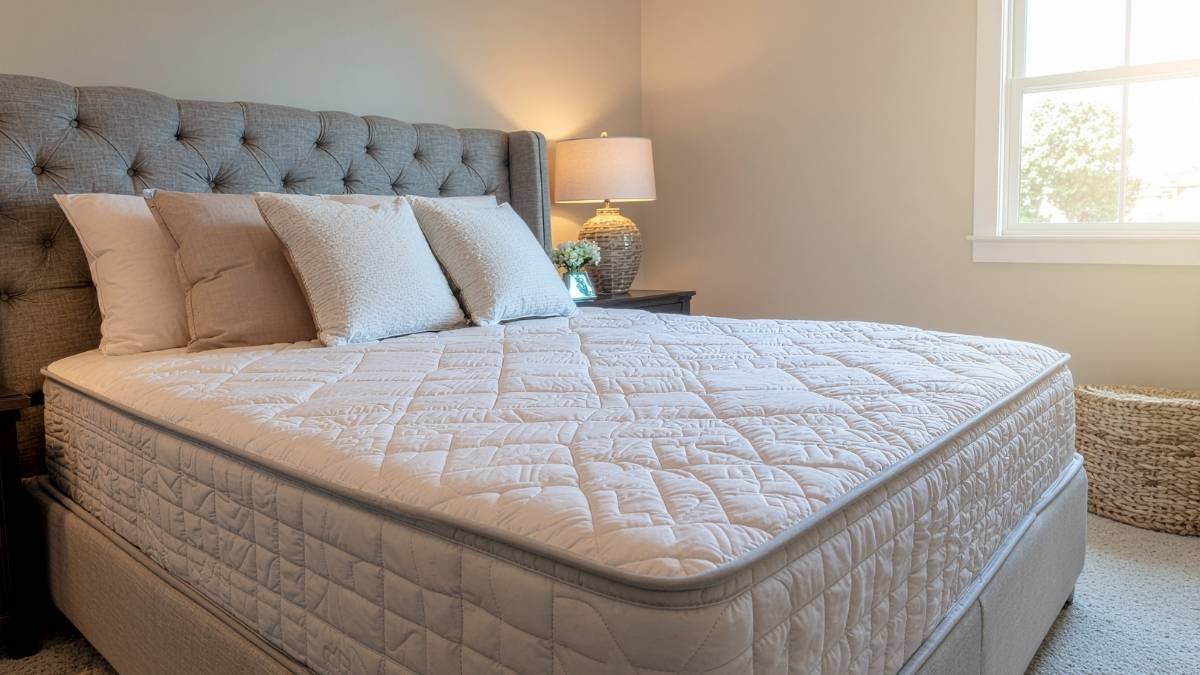
If you do one thing from this entire list, do this. This is the single most important step for a dust mite allergy. Go online and buy “allergen-proof” or “dust mite-proof” covers for your mattress, your box spring, and every single pillow.
Think of it like a superhero cape for your mattress. These aren’t just fancy sheets; they’re zippered bags that go under your regular pillowcase and fitted sheet. The fabric is woven so tightly (we’re talking under 10 microns) that the microscopic dust mite waste particles physically cannot get through. This instantly seals you away from the millions of allergens that have been setting up camp in your mattress for years.
Fix 2: Wash Your Sheets (Like, Seriously Wash Them)

Those new covers stop what’s in the mattress. But your sheets? They’re collecting new allergens (pollen, dander, fresh dust) every day.
You have to wash all your bedding—sheets, pillowcases, blankets—every single week. And the temperature is the key: it must be hot. We’re talking 130°F (54°C). That’s the temperature that actually kills the dust mites. Cold water washes away some allergens, but it doesn’t stop the source.
Fix 3: Have a Tough Talk with Your Pillows
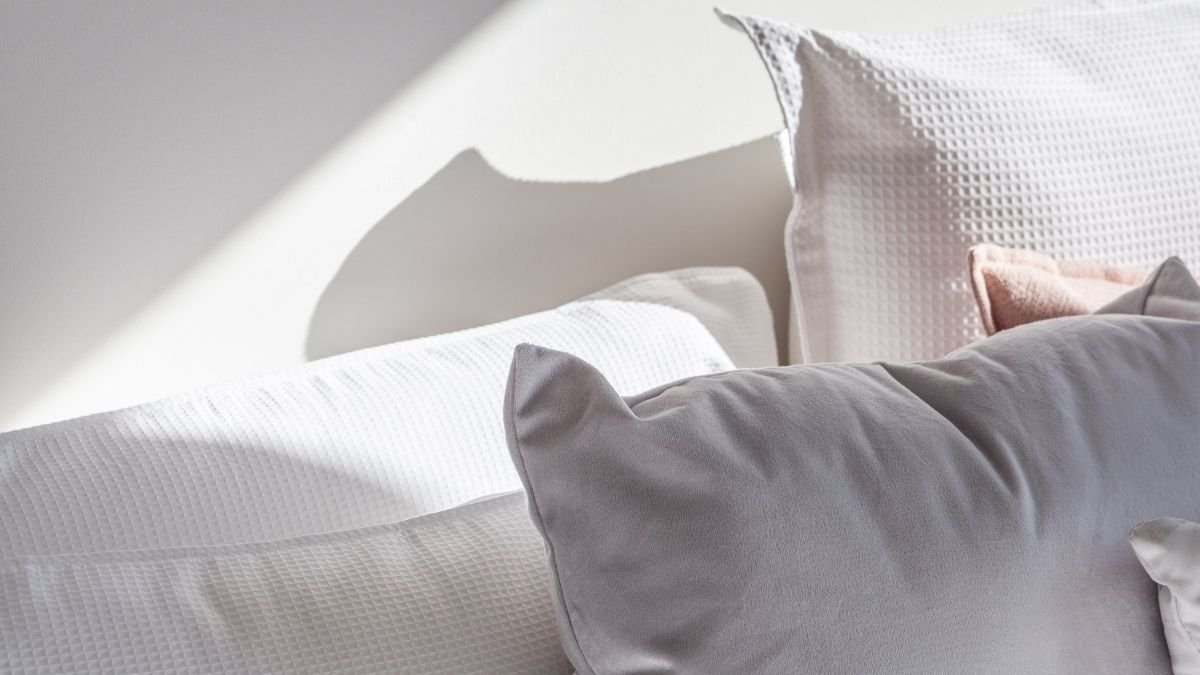
Pillows are just fluffy sponges for allergens. They soak up your sweat, skin cells, mold, and… dust mites. Wash the pillows themselves every few months (if you can) and just replace them every 1-2 years.
Here’s a myth-buster: a lot of people think they have a feather allergy. It’s actually really rare. It’s way, way more likely that you’re just allergic to the high-density dust mite party happening in your gross old pillow. In fact, many new down pillows are made with a super-tight weave to keep mites out. An old, falling-apart pillow of any kind is your enemy.
Mastering the Air You Breathe: Fixes 4-5
Okay, the bed is secure. Now, let’s clear the air—literally.
Fix 4: Get a True HEPA Purifier
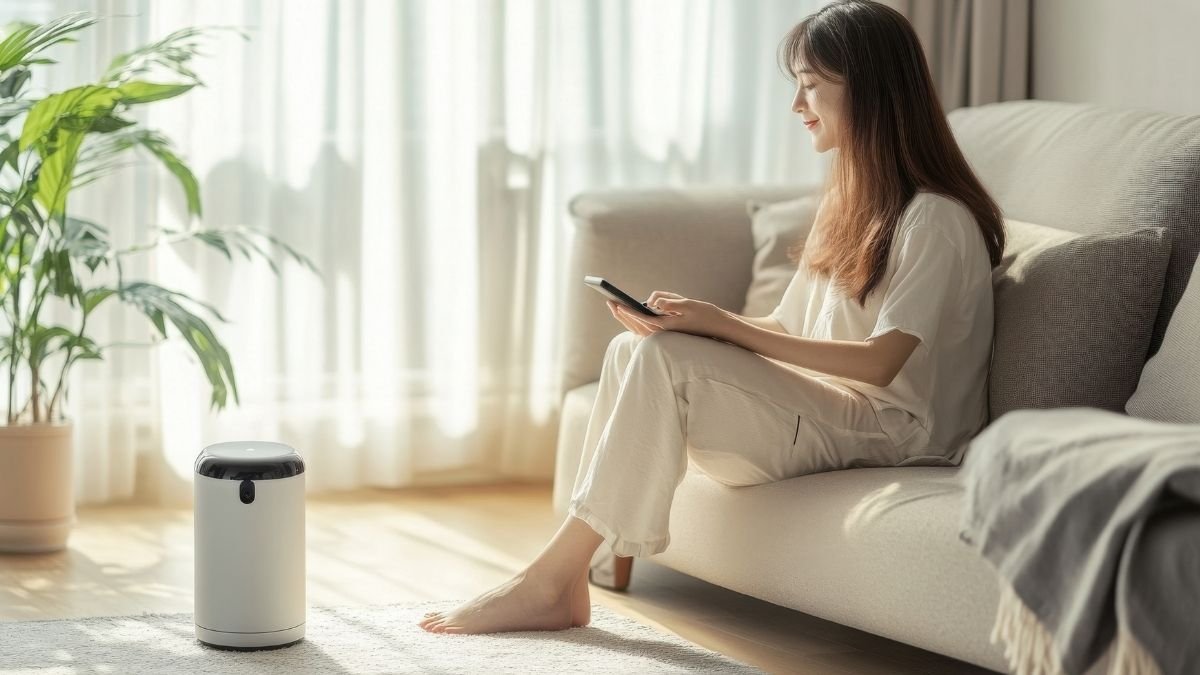
A portable air purifier in your bedroom can be a game-changer. But the keyword here is True HEPA.
HEPA stands for High-Efficiency Particulate Absorbing, and it’s a real certification. A True HEPA filter is guaranteed to trap 99.97% of those tiny airborne particles down to 0.3 microns. As Dr. John McKeon, CEO of Allergy Standards, puts it, “These filters can remove up to 99.97% of small airborne particles, including dust, pollen, and mold spores”. This is exactly what you need to snatch pollen, pet dander, and dust debris out of the air before it gets into your nose. One 2021 review found purifiers could boost indoor air quality by anywhere from 22.6% to 92%.
Fix 5: Make Your Room Uncomfortably Dry (for Mites)
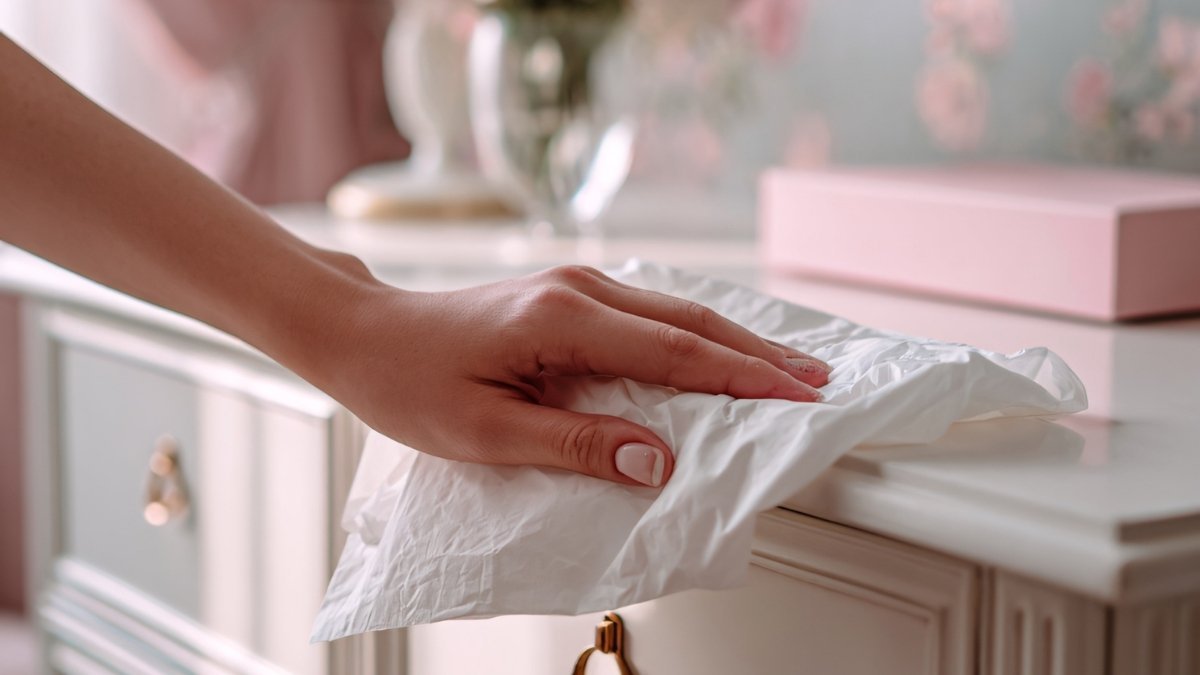
Dust mites and mold are living things. And they need water to survive. This is how you starve them out.
Go buy a cheap hygrometer (a little digital gadget) and measure your room’s humidity. Your mission is to keep that number below 50%. In the summer, your air conditioner or a dehumidifier is your best friend. You’re making the environment hostile to new mite and mold growth.
A quick warning: in the winter, your heater can make the air too dry, which can also irritate your nose and cause allergic-like. If you use a humidifier to add moisture back, you must clean it every single day. If you don’t, that warm, wet tank becomes a disgusting mold-and-bacteria Jacuzzi, and the machine will happily spray those germs all over your room.
Shutting Down Allergen “Highways”: Fixes 6-8
Dust mites are born in your room. But pollen and dander? They’re invaders. You have to stop letting them in.
Fix 6: Keep Your Windows Shut
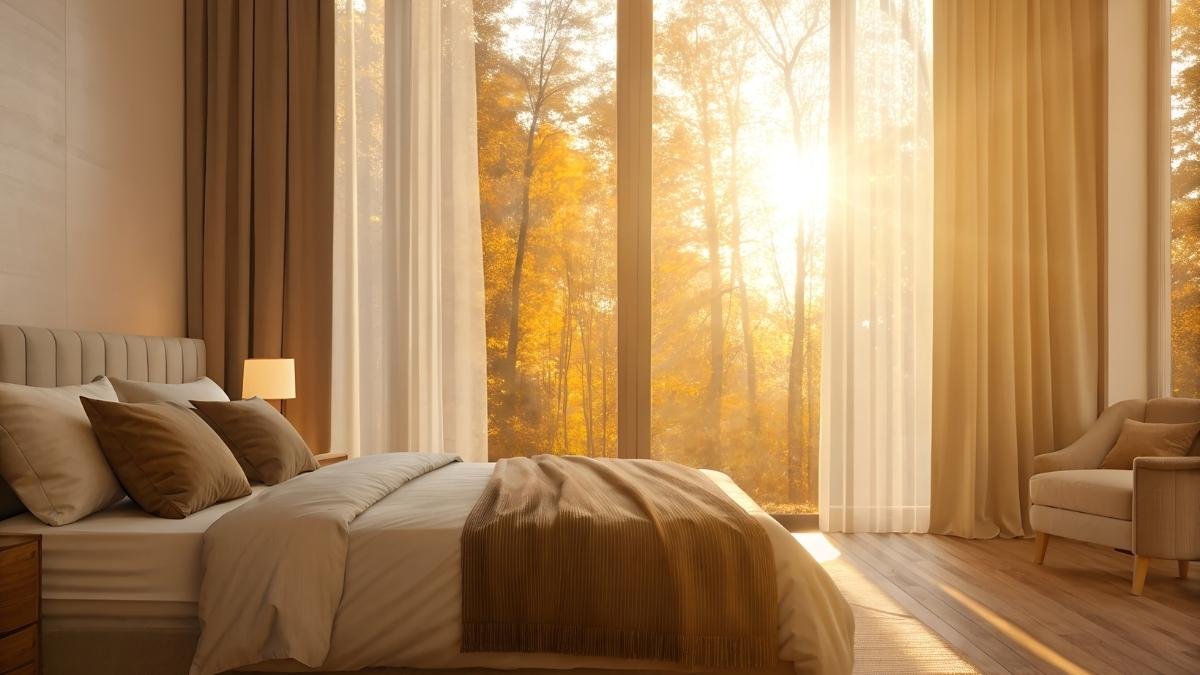
I know, I know. “Fresh air” feels so good. But during pollen season, opening your bedroom window is like sending a party invitation to every tree, grass, and weed in a five-mile radius. As allergist Dr. Andy Nish recommends, “don’t open windows on days when the pollen count is elevated”. Get your “fresh” air from your HVAC system (with a clean filter) or your HEPA purifier.
Fix 7: Shower Before Bed (This One Is a Game-Changer)
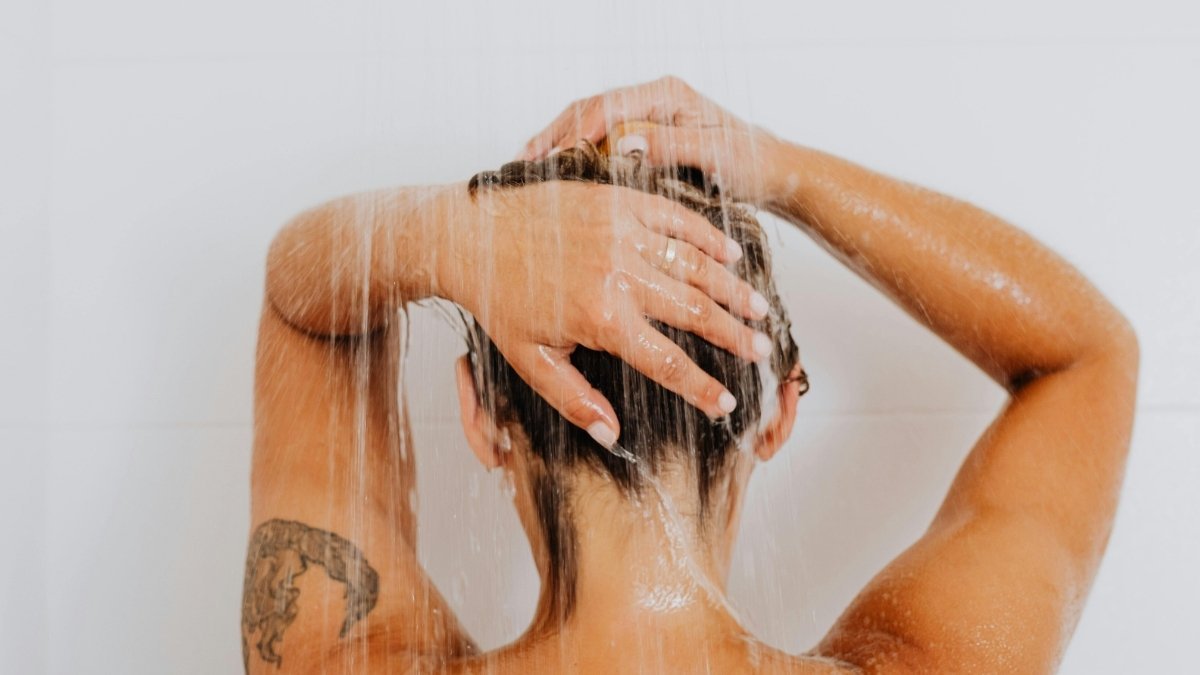
This is the easiest, cheapest, and maybe most effective trick in the book. You’ve been outside all day. Your hair is a pollen magnet. Your skin is covered in it.
If you get into bed like that, you are transferring all of that pollen directly onto your pillow. You’re basically marinating your face in allergens all night. Gross, right?
The American College of Allergy, Asthma, and Immunology (ACAAI) literally says to shower before bed to “wash the pollen out of your hair”. This one simple act breaks the chain. It keeps your “fortress bed” clean.
Fix 8: The “Pet Talk”

Okay, this is the one nobody wants to hear. I get it. Your pet is family.
But here’s the tough love: allergists really want your bedroom to be a pet-free zone. Especially off the bed. The problem is twofold: 1) If you’re allergic to them, their dander and saliva will be permanently embedded in your mattress.) Even if you’re not allergic to Fluffy, their fur is like a Velcro suit for pollen, dust, and mold spores.
If kicking them out is a 100% deal-breaker, you have to accept that you’re living with a major allergen source. That means you must run a HEPA filter 24/7, and you cannot skip that weekly hot-water bedding wash.
Evicting the Dust Bunnies: Fixes 9-10
Let’s talk about the final allergen reservoirs. The places you never think about.
Fix 9: Ditch Your Heavy Curtains

Those big, heavy, fabric curtains? They’re basically just vertical carpets. They are an “ideal habitat” for dust mites and trap years of dust. And they’re impossible to clean.
Rip ’em down. Replace them with something you can actually wipe clean, like simple roller shades, faux-wood blinds, or cellular shades. If you must have curtains, make sure they are lightweight and machine-washable, and then… You guessed it… wash them.
Fix 10: Declutter. Especially Under the Bed.
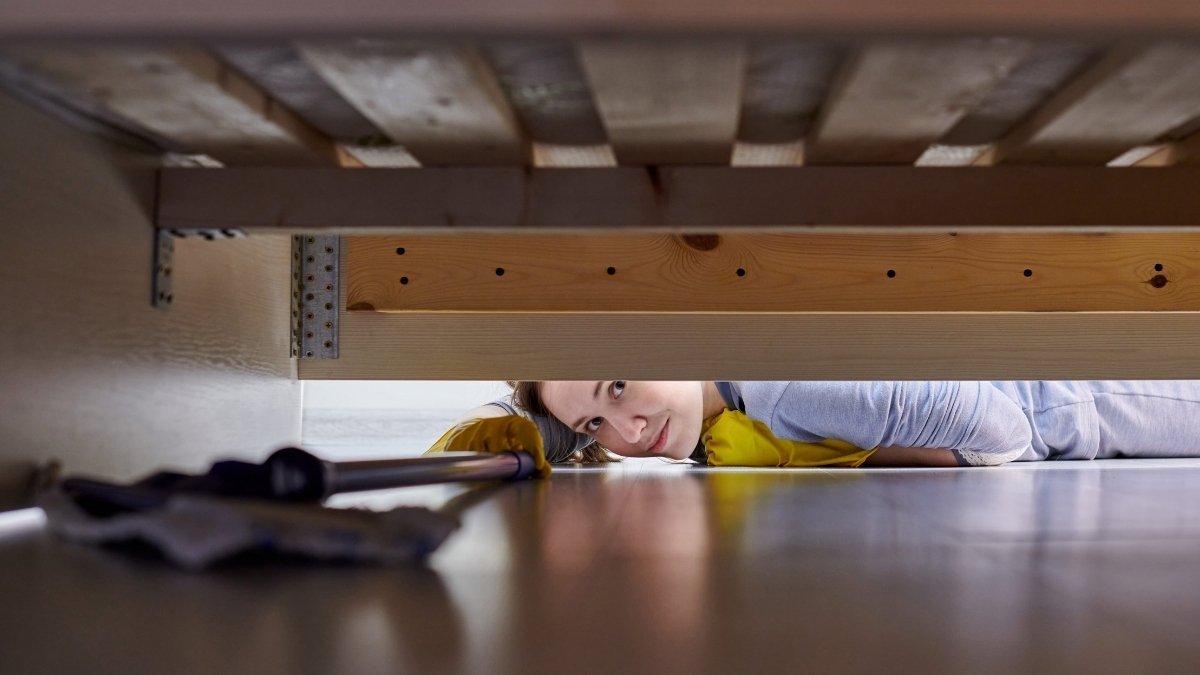
This isn’t just about looking tidy. Every single knick-knack, book, and picture frame on your dresser is a surface collecting dust. A cleaner, more minimalist room is just easier to keep allergen-free.
And then there’s the space under your bed. It’s a black hole for dust, lost socks, and… dust mites. It’s a massive allergen reservoir sitting right underneath your face. Pull everything out. Get rid of it or store it in sealed plastic bins. Keep that space clear so you can actually vacuum it.
The Big Gun: Intervention 11 (Pests)
Fix 11: Think Like a Pest Manager (IPM)

For some people, especially in older buildings or city apartments, the real problem isn’t pollen. It’s pests. Cockroach and mouse allergens are two of the most potent asthma triggers in existence.
We’re not just talking about seeing one. One study found that 95% of inner-city homes had mouse allergen in at least one room. And the health impact is terrifying: one study showed that for every 10-fold increase in mouse allergen, there was an 87% increase in asthma-related ER visits for kids.
The solution isn’t just spraying poison everywhere. The U.S. Environmental Protection Agency (EPA) recommends a “smart, sensible, and sustainable” strategy called Integrated Pest Management (IPM).
It’s just common sense. IPM focuses on preventing pests by taking away the three things they need to live: food, water, and shelter.38
- No Food: Stop leaving food or dirty dishes in your bedroom. Period.
- No Water: Fix that leaky sink in your ensuite bathroom.
- No Shelter: Seal the cracks in your baseboards. Caulk holes around pipes. Get rid of clutter that they can hide in.
This is the only way to actually solve the problem long-term.
“But I Heard…” (Debunking 3 Quick Myths)

Let’s clear up some bad info you’ve probably heard.
- Myth 1: “My houseplants will purify the air.”
- Fact: I wish. While plants are lovely, their ability to actually clean the air in your home is “minimal”. Worse, that damp soil is a perfect breeding ground for mold. If you have mold allergies, you may be better off with fake plants.
- Myth 2: “It’s fine, my dog is short-haired and ‘hypoallergenic’.”
- Fact: Nope. Sorry. This is just plain wrong. The allergy isn’t from the hair; it’s from the microscopic skin flakes (dander) and proteins in their saliva. A short-haired dog has just as much skin and saliva as a long-haired one.
- Myth 3: “I have ‘Toxic Black Mold’!”
- Fact: The term “toxic black mold” is “very, very sensationalized”. While some mold is black, the “toxic” part isn’t the main risk. The real risk is that all molds, no matter what color, can be powerful allergic triggers. See mold? Clean it up with a diluted bleach solution.
Need a Little Extra Help? A Few Tools for the Fight
I know, that was a long list of “to-dos.” Sometimes, you just need the right tools in your corner to make the job feel possible. While changing your habits is the most important part, here are a few types of products that can seriously back you up in your mission.
1. Allergen-Proof Mattress Encasement
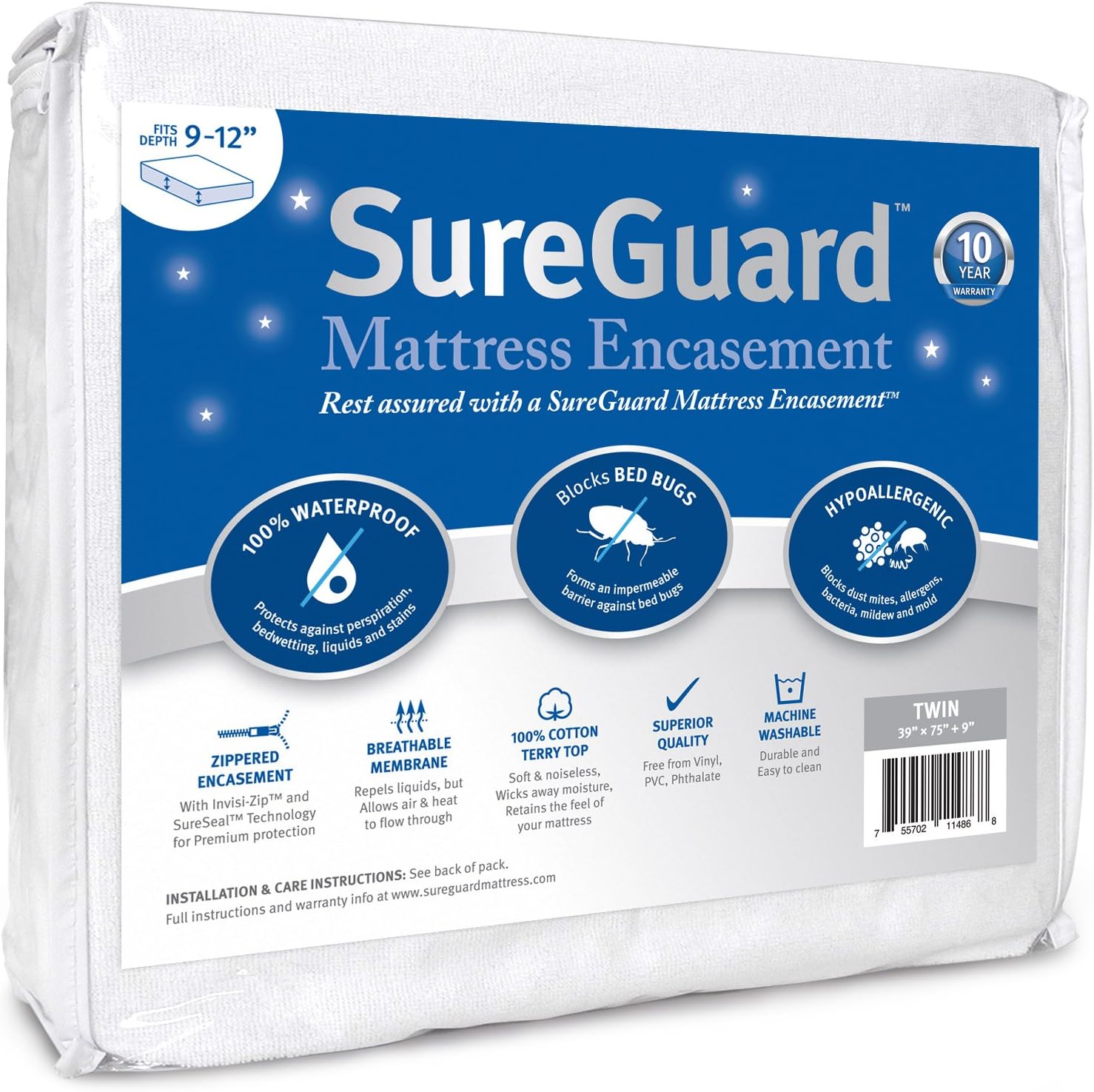
This is the “Fortress Bed” strategy in action. A good encasement is non-negotiable for dust mites. You want to look for one with a certified mean pore size under 10 microns, which is small enough to block the allergens. The BedCare All-Cotton cover is a popular option known for this.
2. Allergen-Proof Pillow Protectors

Just as critical as the mattress cover, these zip-on protectors seal your pillow (and all the allergens inside it) away from your face. Look for covers that are certified by a respected group like the Asthma and Allergy Foundation of America (AAFA). The National Allergy Allersoft cover is one such product that is AAFA certified.
3. A True HEPA Air Purifier
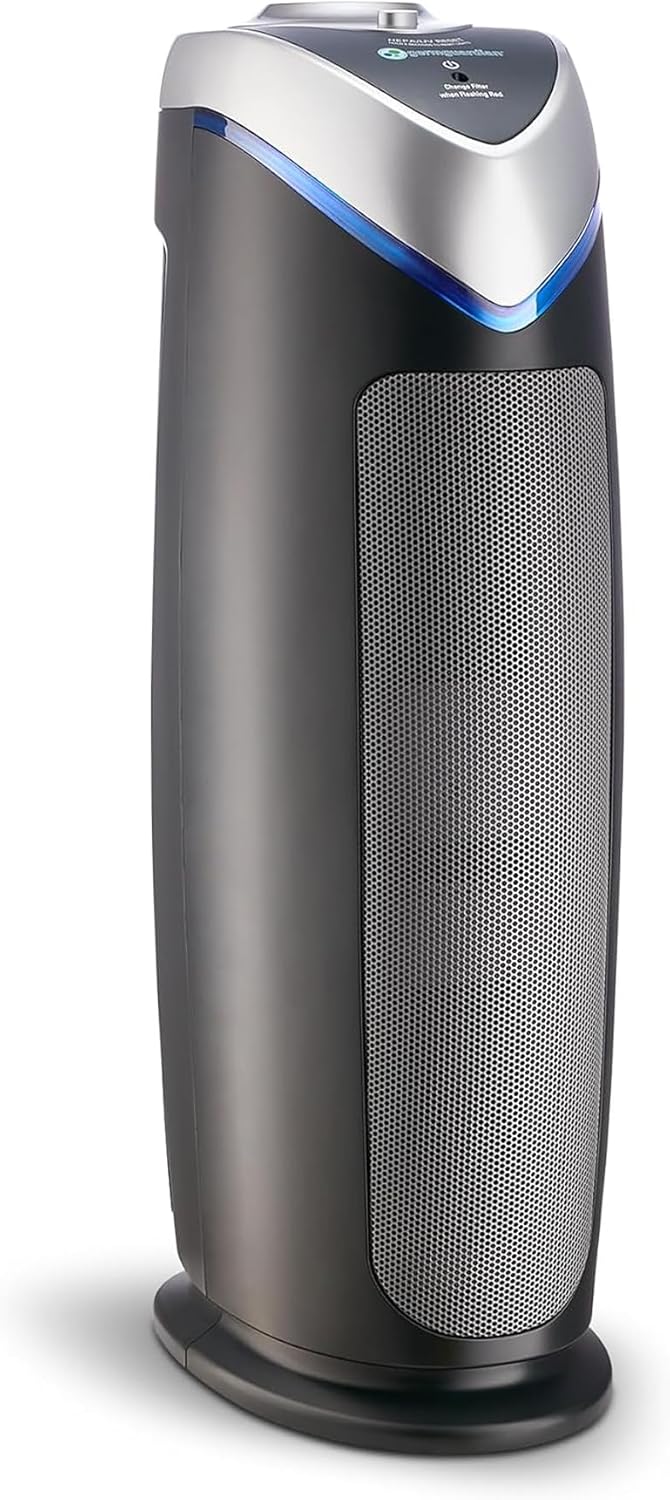
This is your 24/7 defense against anything floating in the air, from pollen and pet dander to mold spores. A “True HEPA” filter is the standard. The Levoit Core 400S is frequently named a “Best Overall” pick by reviewers for its balance of power and smart features.
4. A Bedroom Dehumidifier

If you live in a damp climate, this is your primary weapon against mold and dust mites. Your goal is to keep the room’s humidity below 50%. You don’t always need a giant basement model; a small unit like the Eva-Dry Electric Petite is often cited as a top pick for bedrooms and small spaces.
5. A Vacuum with a HEPA Filter
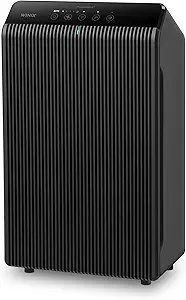
A regular vacuum can just suck up allergens from the carpet and spray the finest particles right back out into the air, making things worse. You need a sealed system with a HEPA filter that traps those microscopic particles. Models like the Kenmore Pet Friendly Canister Vacuum are specifically designed for this.
Okay, This Is Important: The “Stuffy Nose” and Sleep Apnea

Okay, let’s pause. This next part is genuinely serious. For many of us, nighttime allergies are just annoying. But for millions, they are a direct threat to their health.
That constant, night-after-night nasal congestion… It’s a major-league contributor to Obstructive Sleep Apnea (OSA).
This isn’t a guess; the link is crystal clear.41 Here’s how it happens, step-by-step:
- Your allergies (allergic rhinitis) cause chronic inflammation in your nose.
- This swelling makes it really hard to breathe through your nose.
- So, your body does the only thing it can: it forces you to breathe through your mouth all night.
- Here’s the problem: mouth breathing is not stable. It causes the tissues in the back of your throat (your soft palate) to become unstable and collapse, blocking your airway.
- That blockage—that moment where you stop breathing—is sleep apnea.
This changes everything. It means your “stuffy nose” is a direct risk factor for a disease linked to high blood pressure, heart failure, and stroke. If you have bad allergies and you snore loudly, gasp for air at night, or feel exhausted every day, you must talk to a doctor. Treating your allergies becomes a critical part of treating your sleep apnea.
The Allergy-CPAP Nightmare: A Guide for Patients
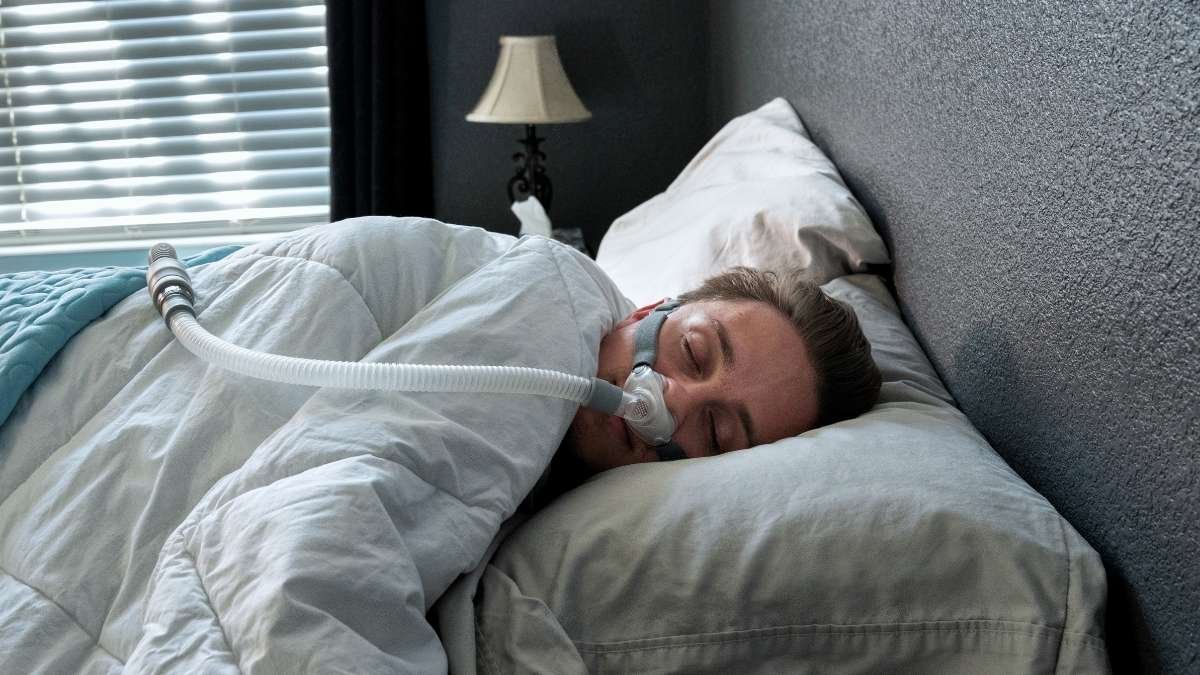
And this leads to the most frustrating problem of all. You get diagnosed with sleep apnea. The “cure” (your CPAP machine) is a mask that forces air up your nose… but your nose is already clogged.
It’s a nightmare. It feels like torture. The pressure is uncomfortable, the air is dry, and you just can’t tolerate it. It’s so unbearable that tons of people just… stop using their machine, leaving their dangerous sleep apnea untreated.
But you can make it work. If this is you, here is your 5-point plan:
- Crank the Humidifier: This is #1. That flow of cold, dry air is a massive irritant. Use your CPAP’s heated humidifier. Warm, moist air is soothing and will help open you up.
- Pre-Treat Your Nose: Before you put that mask on, use a saline (saltwater) spray or a Neti Pot. It clears out mucus, moisturizes everything, and calms inflammation.
- “Double-Filter” Your Air: Use a good filter in your CPAP machine (most have them), and run your HEPA air purifier in the bedroom. You’re cleaning the air, then cleaning it again before you breathe it.
- Clean Your Gear. No, Really. A dirty CPAP mask or water tank is a mold and bacteria party. You’re blasting those germs right into your lungs. Clean your mask and water chamber daily.
- Call Your Doctor: If it’s still awful, ask your doctor about two things:
- Nasal Steroid Sprays: These can reduce the underlying inflammation and make the mask tolerable.
- A Full-Face Mask: If your nose just isn’t going to cooperate, a mask that covers both your nose and mouth can bypass the problem completely.
Your Action Plan: What to Do Tonight
I know this feels like a lot. Don’t get overwhelmed. You don’t have to do all 11 fixes tomorrow.
But you don’t have to live this way. You’re not doomed to a life of mouth-breathing and crummy sleep. The battle for a good night’s rest is one you can absolutely win.
It’s about:
- Controlling your bed (encasements and hot-water washing).
- Controlling your air (HEPA and humidity control).
- Stopping the “invaders” at the door (showering, closing windows, and managing pets).
Want a win for tonight? Go take a shower before you get into bed. Wash all that pollen out of your hair and off your skin.14 It’s one small, free thing that can make a huge difference. You’ve got this.






